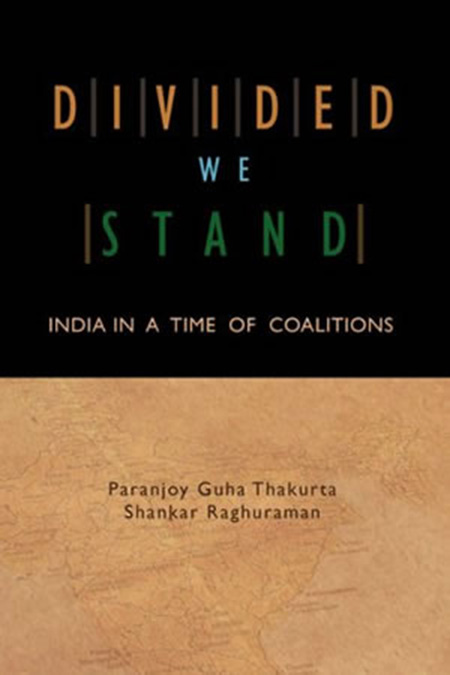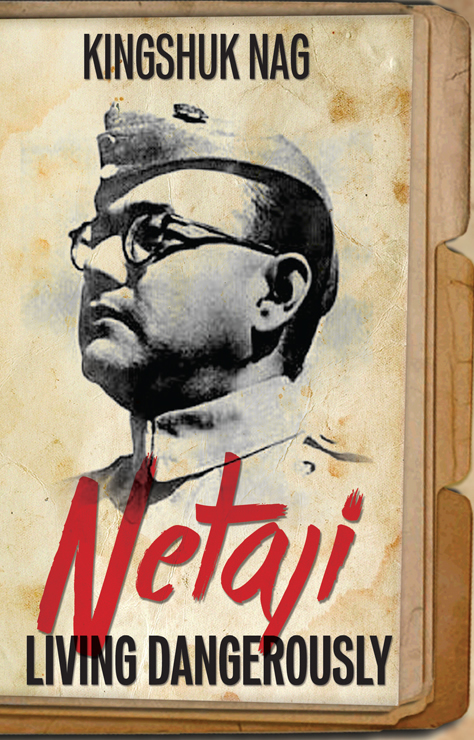THERE IS a reason to believe that the legal suit that NDTV has filed against The Nielsen Co is based on an investigation conducted by Nielsen’s own global head of security, a former FBI official. This report suggested that Television Audience Measurement (TAM) India operations were among the most corrupt in the group. NDTV will use Nielsen’s own internal report to make its case. Perhaps that’s the reason why NDTV chose to file the complaint in New York where Nielsen has its headquarters.
This is not the first time that people have been unhappy with TAM. In November 2010, Amit Mitra, former director general, FICCI, and current finance minister of West Bengal, headed an eight-member committee that published a report detailing the flaws with television viewership measurement. There are some inherent problems in trying to monitor which channels the viewer is watching and for how long, regardless of the methods used. For example, one could keep the TV on and leave the room, but the meter records that somebody is watching that channel. The people-meter is not an intelligent enough device to monitor such issues. This is just one of the many inherent problems with a system like TAM.
The more serious problem about TAM is its reach. It reaches only 0.0001 percent of the total television viewership. There are an estimated 130 million television sets in India, compared to 8,150 monitoring units (people-meters), which makes the ratio absurdly low. Not only is the sample generated really small, it is not representative of a diverse country like India, another example of the inadequacy of the TAM system. LV Krishnan, CEO, TAM Media Research, defended the sampling system with a grossly inappropriate analogy by saying that only a drop of blood is needed from the human body as a sample.
The sample is not a representative one for a host of reasons. Until recently, there was not a single people-meter in the Northeast, Bihar, Jammu & Kashmir and in six lakh villages of India. People-meters are placed in mainly urban areas, primarily monitoring middle class and upper-middle class households. This biased representation does not come close to capturing the heterogeneity of India. This leads to a situation where programmes are made for a small section of the population. Doordarshan has always criticised TAM for this very reason. The ultimate goal of this business is to reach consumers through advertisers. The sheer crassness of the content that one gets to see is largely because of the inherent flaws of TAM. Broadcasters feel compelled to dumb down and insult your intelligence and try to provide potential customers to advertisers. The priority is not reaching out to citizens and providing genuine information that empower ordinary people, but to sell mobile phones and cosmetics. If you go by the norms of capitalism, intensification of competition leads to an improvement in quality. But the reverse has been true of media in India.
In the absence of any other data, using TAM’s statistics becomes inevitable. This is why it’s essential that organisations such as the Broadcast Audience Research Council, the Advertisers Association of India, Indian Readership Survey and National Readership Survey collectively take on the responsibility of publishing accurate statistics more frequently.
Corruption is a serious concern as certain broadcasters have a vested interest in keeping the flawed TAM system going. This is because the data can be easily manipulated once confidential information such as the locations of the people-meters is known.
The criticism of TAM has been going on for a few years now, and NDTV’s decision to sue Nielsen is a step in the right direction. We need a fairer system, which is not corrupt. One can only hope that this lawsuit leads to a clean-up of the system.
Some people are saying NDTV is doing it because its rating has fallen. To me it’s irrelevant. Even if it is true, I still welcome the move. If this lawsuit leads to a better system, then it will have served the entire television industry and the advertising industry.
(As told to Kunal Majumder)


